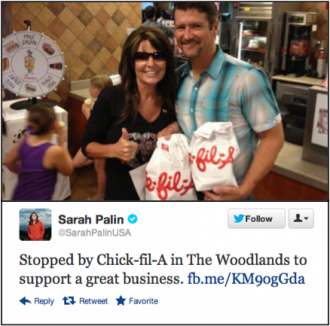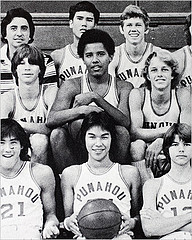 We’ve found a friend! No, really, The Society Pages would like to formally introduce you (assuming you haven’t yet met) to the Scholars Strategy Network.
We’ve found a friend! No, really, The Society Pages would like to formally introduce you (assuming you haven’t yet met) to the Scholars Strategy Network.
Let us explain. By now, our readers know a few things about The Society Pages (TSP, as we like to call it; social science that matters and all that):
- We ask scholars to share their knowledge in a way that’s publicly accessible, but never dumbed-down
- We give away our content for free online
- We’re non-partisan and our authors speak for themselves
Well, as it turns out, these are just a few of the things we share with Theda Skocpol’s big new initiative, the Scholars Strategy Network (of course, these are also a few reasons we signed on as SSN members ourselves earlier in the year). more...



